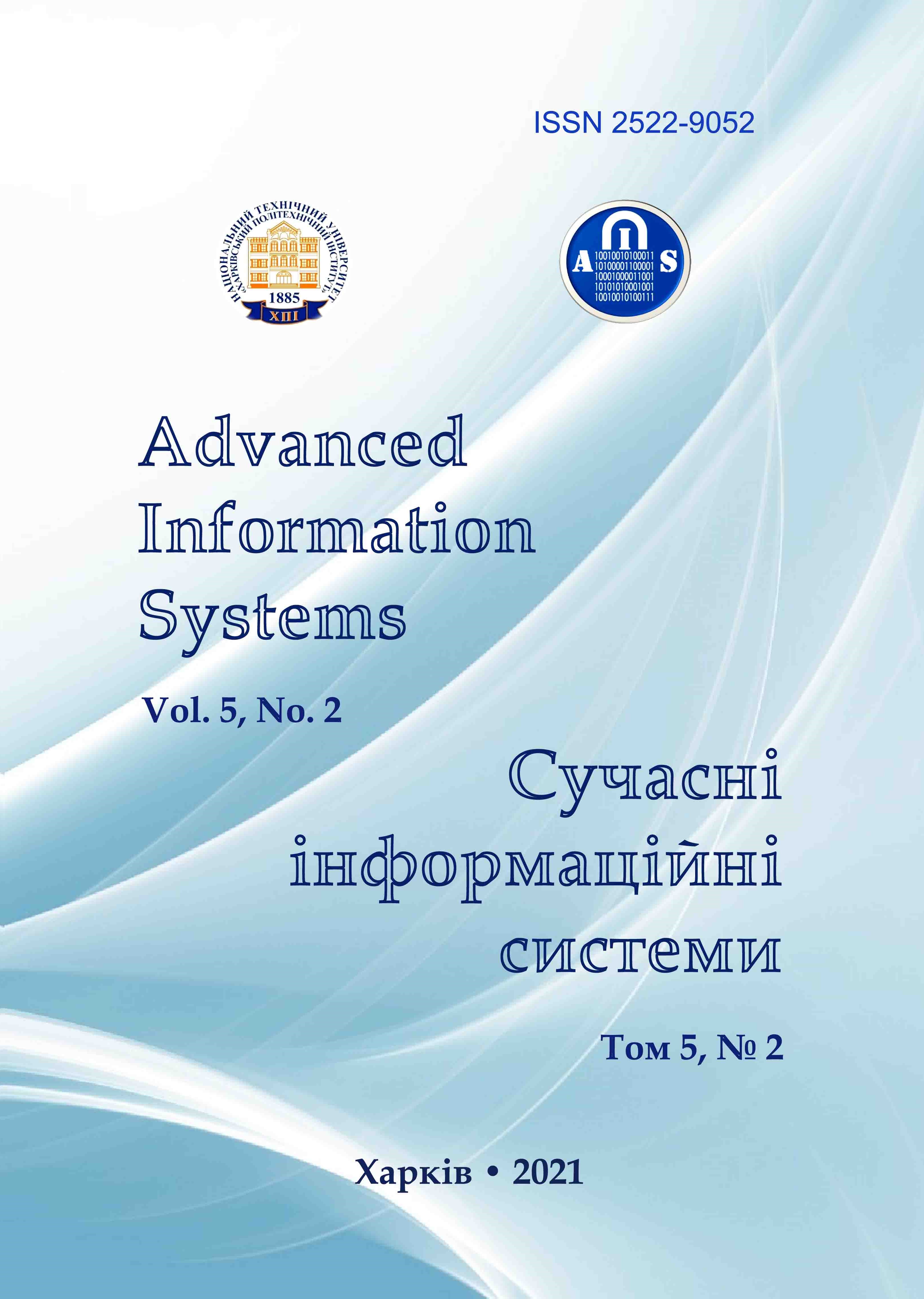STRUCTURAL OPTIMIZATION IN A MULTI-CHANNEL DISTRIBUTED MASS SERVICE SYSTEM
Main Article Content
Abstract
Problem of structural optimization in a distributed service system is solved by the example of system "Production - delivery - consumption" for mass market product. In this regard, the purpose of work is to develop a method for structural optimization of "Production - delivery - mass consumption" system, by introducing and rational placement of intermediate production points based on solving clustering problems with taking into account the peculiarities of calculating distances between city objects. To achieve the goal of the work, it is necessary to solve the following tasks: clustering of city objects, using the metric of city blocks, for a given number of groups for selected location of production and grouping centers; finding the best location for a given number of clustering centers; determination of a rational number of clustering centers. Task was solved in three stages. First stage - clustering a set of consumption objects for given intermediate delivery centers locations. The second stage - finding the best locations for a given number of intermediate delivery centers. The third stage - determination of the rational number of intermediate centers. Formulated problem is solved according to two criteria: combined length of delivery routes product consumers and the probability that a random delivery time exceeds the critical value. The numerical value of the second criterion is calculated on the assumption that for each path may be estimated value of the mean and variance delivery time. The appropriate number of production centers is determined by a simple comparison of system efficiency for several realistically possible options. An example of clustering problem solving in the metric of "city blocks" on a directed graph by both criteria is given.
Article Details
References
Aivazyan S.A., Bukhshtaber, V.M., Enyukov, I.S. and Meshalkin, L.D. (1989), Applied statistics: Classification and dimension reduction, Finance and statistics, Moscow, 607 p. (in Russian).
Mandel, I.D. (1988), Cluster analysis, Finance and statistics, Moscow, 176 p. (in Russian).
Khaidukov, D.S. (2009), “Application of cluster analysis in public administration”, Philosophy of mathematics: topical problems, МАКS Press, Moscow, 287 p. (in Russian).
, Raizin, J. Van (1980), Classification and cluster, Mir, Moscow, 390 p. (in Russian).
Amelkin, S. A., Zakharov, A. V. and Khachumov, V. M. (2006), “Generalized Euclidean-Mahalanobis distance and its properties”, Information technology and computing systems, No. 4, pp. 40-44 (in Russian).
Khachumov, M.V.,(2011), “On the choice of metrics for solving classification and clustering problems”, Materials of the First All-Russian Scientific Conference with International Participation (SASM-2011) “System Analysis and Semiotic Modeling”, Kazan, February 24-28, Publishing House "Fen" Academy of Sciences, Kazan (in Russian).
Belousov, A. I. and Tkachev, S. B. (2006), Discrete mathematics, MGTU, Moscow, 744 p., ISBN 5-7038-2886-4 (in Russian).
Bellman, R. (1960), Dynamic programming, Foreign Literature Publishing House, Moscow (in Russian).
Kofman, A. (1982), Introduction to the theory of fuzzy sets, Trans. from French, Radio and communication, Moscow, 486 p. (in Russian).
Liu, B. (2005), Theory and practice of undefined programming, Liu: Trans. from English, BINOM, Moscow, 416 p. (in Russian).
Leonenkov, A. V. (2003), Fuzzy modeling in the environment Matlab and fuzzyTech, BHW-Petersburg, SPb., 736 p. (in Russian).
Raskin, L. and Sira, O. (2008), Fuzzy mathematics, monograph, Parus, Kharkiv, 352 p. (in Russian).
Raskin, L. and Sira, O. (2020), “Performing arithmetic operations over the (L–R)-type fuzzy numbers”, Eastern-European Journal of Enterprise Technologies, 3(4 (105), pp. 6–11, DOI: https://doi.org/10.15587/1729-4061.2020.203590.
Pawlak, Z. (1982), “Rough sets”, International Journal of Information and Computer Sciences, Vol. 11, No. 5, pp. 341–356.
Pawlak, Z. (1991), Rough Sets: Theoretical Aspects of Reasoning about Data, Kluwer Academic Publisher, Dordrecht,
p.
Pawlak, Z. (1997), “Rough Sets approach to knowledge–based decision support”, European Journal of Operational Research, Vol. 99, No. 1, pp. 48–57.
Lev, Raskin, Oksana, Sira (2016), “Fuzzy models of rough mathematics”, Eastern-European Journal of Enterprise Technologies, Vol. 6, Issue 4, pp. 53–60, DOI: https://doi.org/10.15587/1729-4061.2016.86739.
